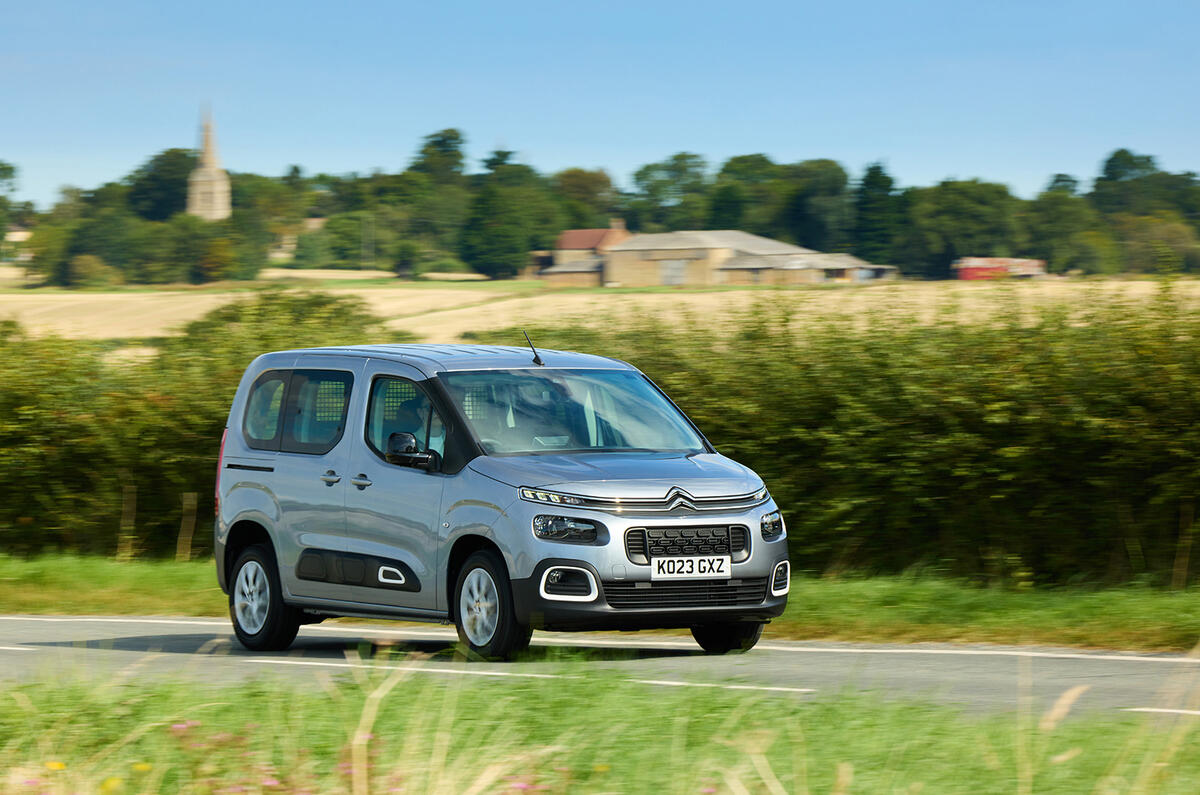Drive for more than half an hour on any UK road and we’ll forgive you for wondering if the Citroën Berlingo accounted for at least 10% of the vehicles plying the roadscape based on how many you’d mentally totted up.
While they are popular – and justifiably so – there’s a large degree of amplification going on here, courtesy of parent company Stellantis’s badge-engineering programme. In other words, not every Berlingo you see is a Berlingo.
Swap out the Citroën’s headlights, front grille-incorporating-bumper and a few other largely superficial details for essentially the same car sold as the Peugeot Rifter, Vauxhall Combo Life and – late to the party on these shores – the Toyota Proace City Verso. So far, Brits have missed out on the Fiat Doblo-badged clone, but never say never.
In addition to the people-carrying versions, there are panel van iterations of the quintet. That's not altogether a surprise, given the perpendicular bodywork and sliding rear doors celebrate its commercial vehicle origins, although that won’t necessarily win over those loyal to the now defunct Citroën C4 SpaceTourer.
Powertrains are skewed towards frugality rather than excitement, which feels entirely appropriate for this kind of van-derived car. ICE fans are catered for by a single petrol engine and a pair of diesels. Alternatively, there’s a fully electric Citroën ë-Berlingo for those who prefer to plug in.
Previously available as both the shorter, five-seater M and longer, seven-seat XL, the latter is now available in only ë-Berlingo guise.






































